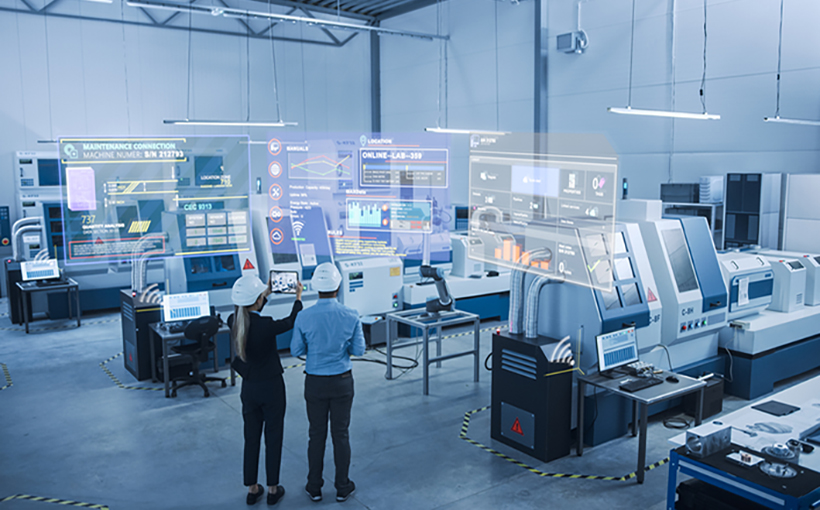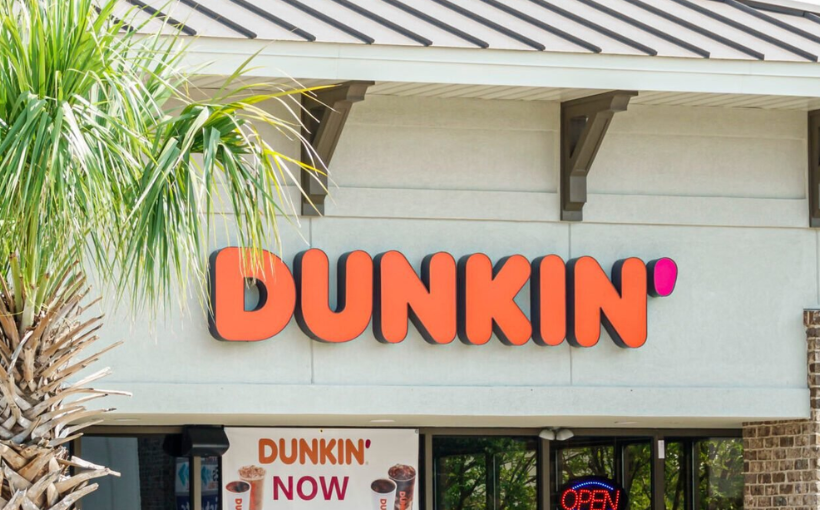Once a thriving hub for manufacturing, the United States saw a decline in sector employment due to the outsourcing and offshoring trends of the late 20th century. However, there has been a recent shift towards bringing more manufacturing back to North America. According to Newmark’s report “Manufacturing Momentum: The Rise of Advanced Manufacturing in North America,” this trend is driven by various factors such as supply chain disruptions and federal legislative assistance.
The report defines advanced manufacturing as utilizing technology to improve production processes, with certain sectors receiving support from legislation and subsidies. These include high tech/digitization, automotive/transportation, energy, and biomanufacturing industries which have seen significant investments since 2020.
This increase in advanced manufacturing can also be attributed to supply chain disruptions that have exposed vulnerabilities within global supply chains. As a result, many companies are opting for reshoring or nearshoring strategies instead of relying on foreign production.
Federal legislation such as the Infrastructure Investment and Jobs Act of 2021 has also played a role in boosting incentives for manufacturers (and their suppliers) to stay within US borders.
Newmark analysts note that nearly every state has seen growth in terms of new manufacturing announcements over the past three years. Arizona and Texas lead with combined investments totaling $120 billion while Texas itself along with Georgia and North Carolina lead major announcements across the country.
Factors contributing towards this growth include land availability, low-cost power options logistics infrastructure nearby skilled labor pool business-friendly policies among others.
As per data from June 2023 real private construction spending on manufacturing facilities increased at an annualized rate exceeding 64%. In April that same year it had already surpassed $100 billion marking its first time crossing into triple digits.
In terms of square footage development pipeline reached record highs by mid-2023 even though higher construction costs coupled with obtaining financing continue hindering CRE classes’ development otherwise.
Overall it is clear that advanced manufacuring is on the rise in North America and this trend is expected to continue with support from various factors such as legislation, supply chain disruptions, and favorable geographic conditions. This report highlights the potential for growth in this sector and its impact on construction spending.




